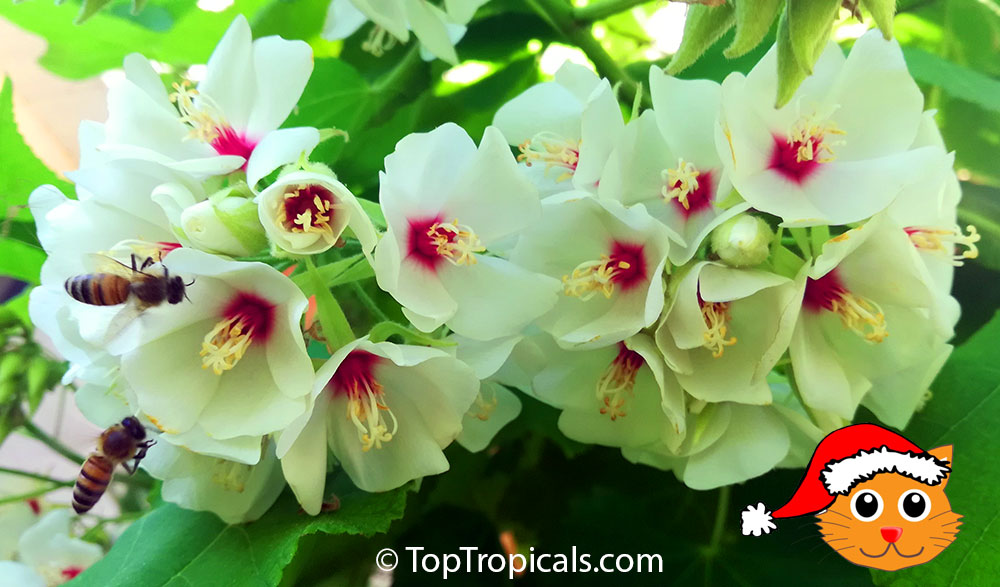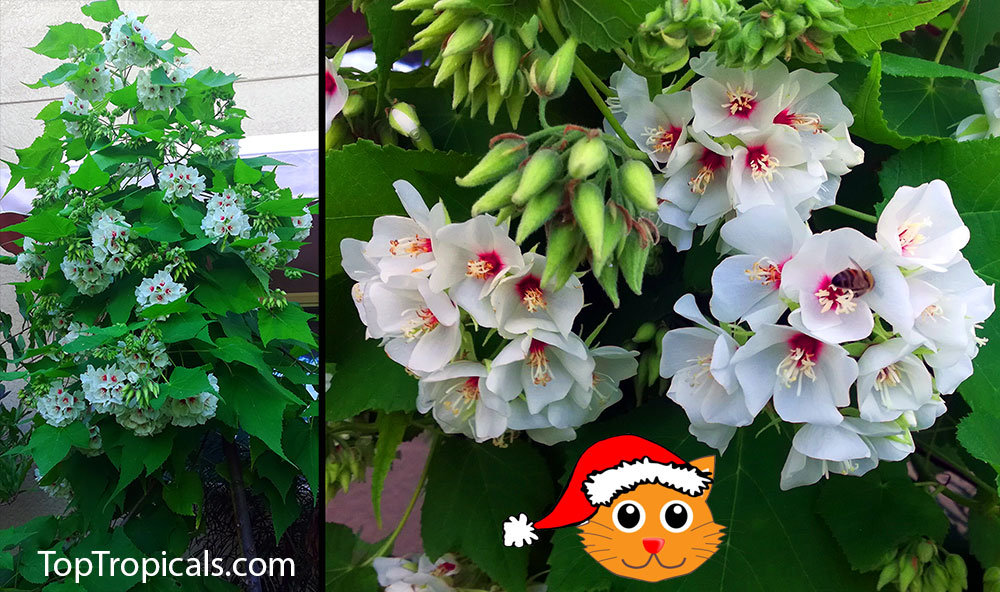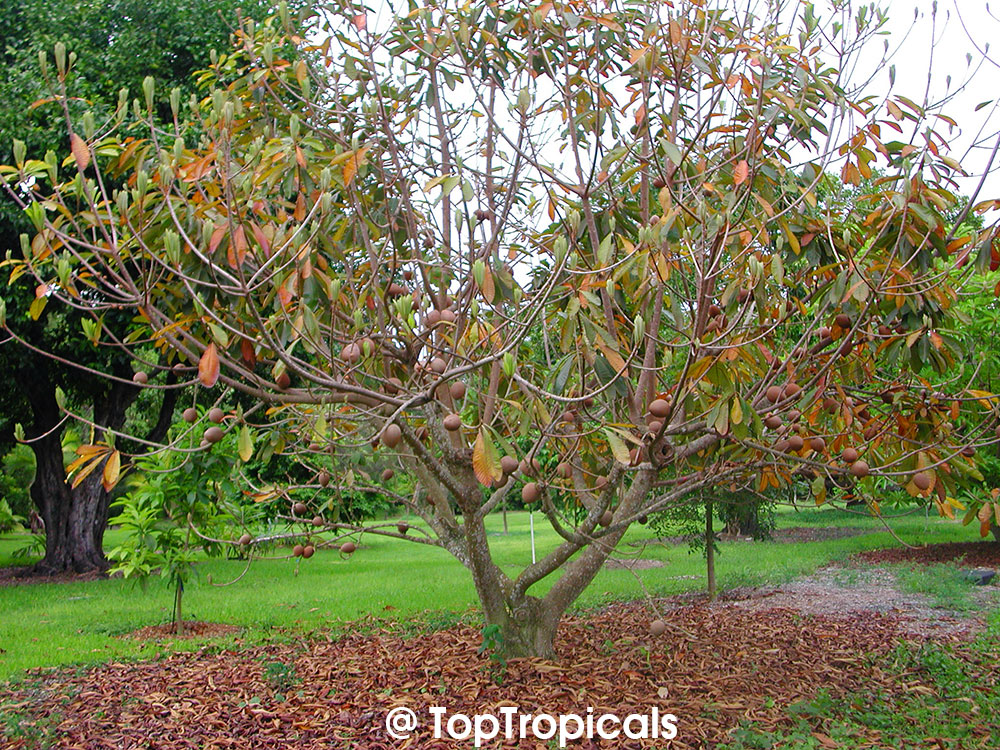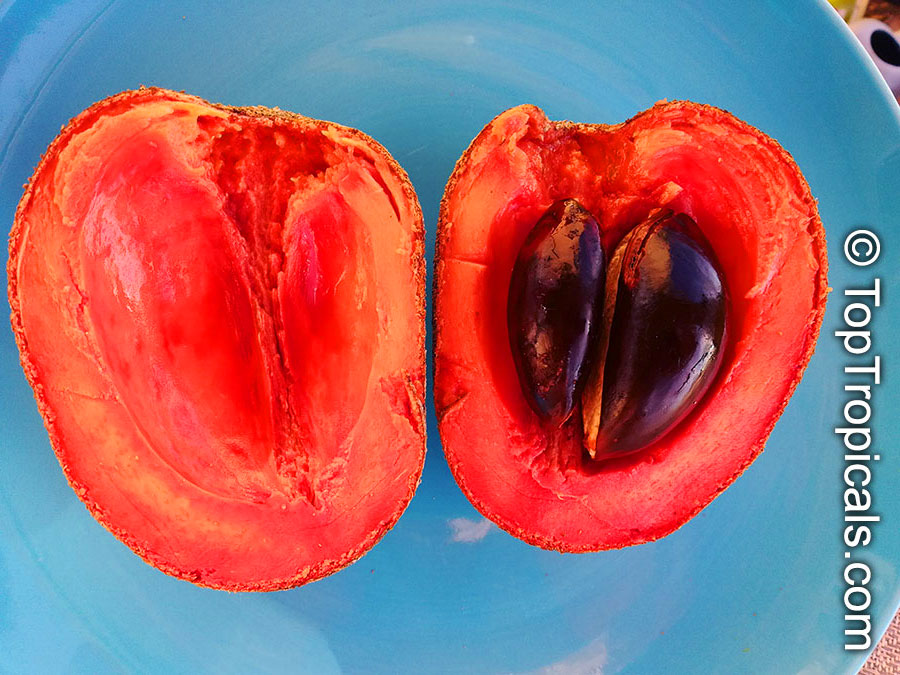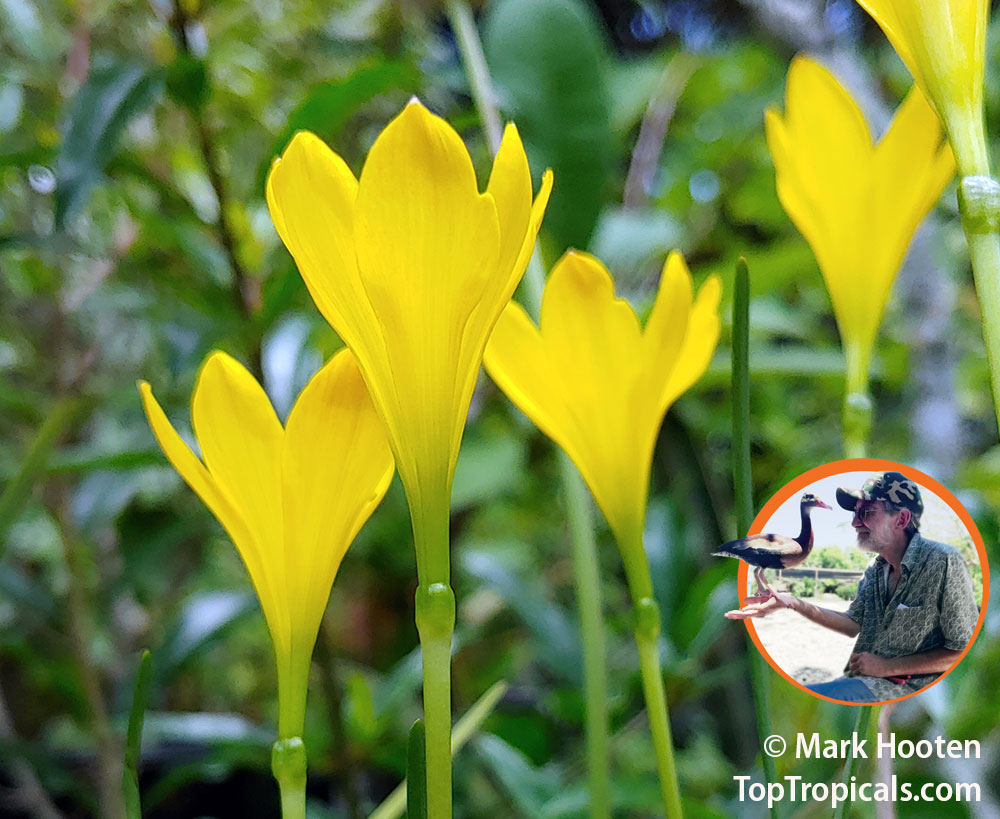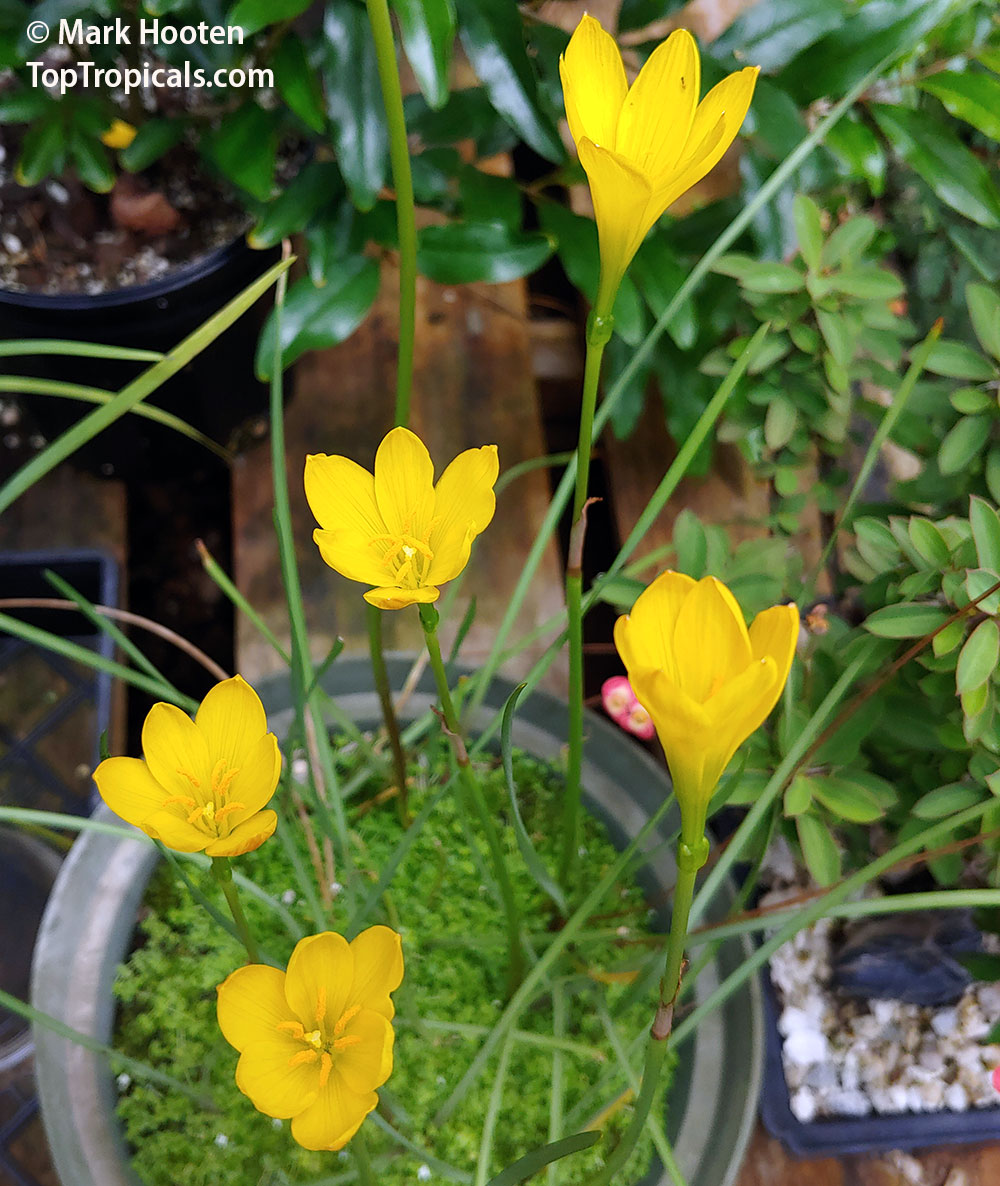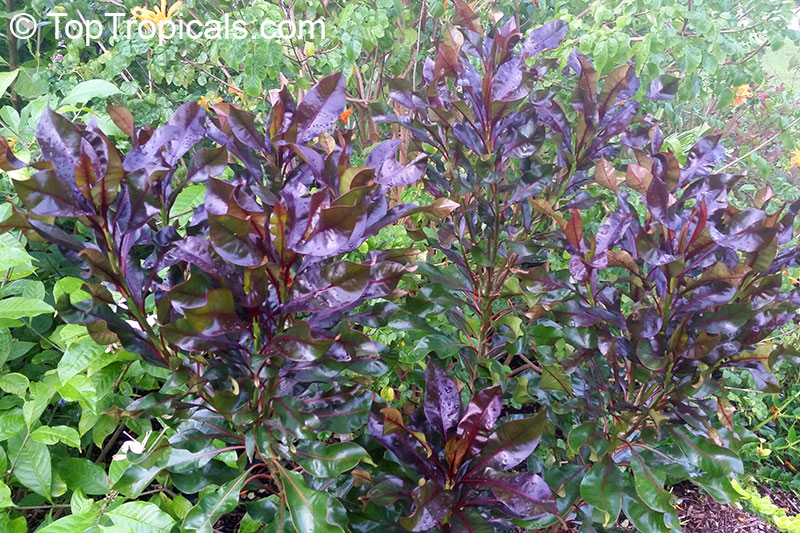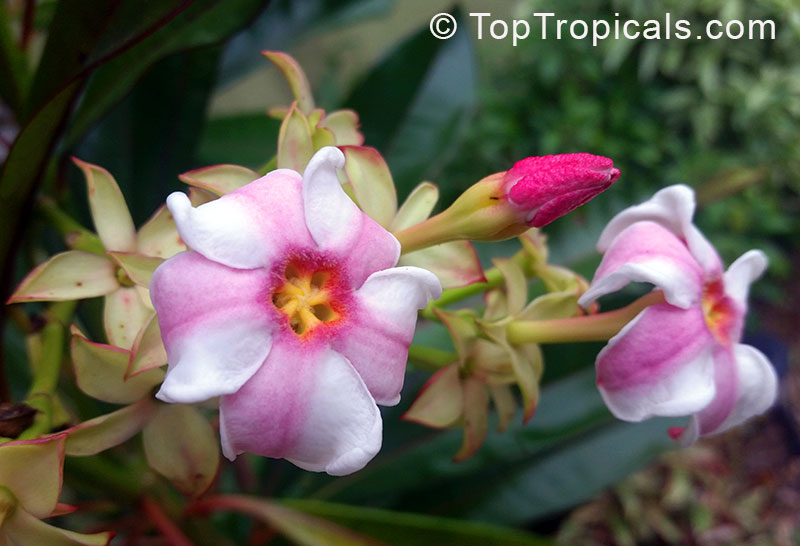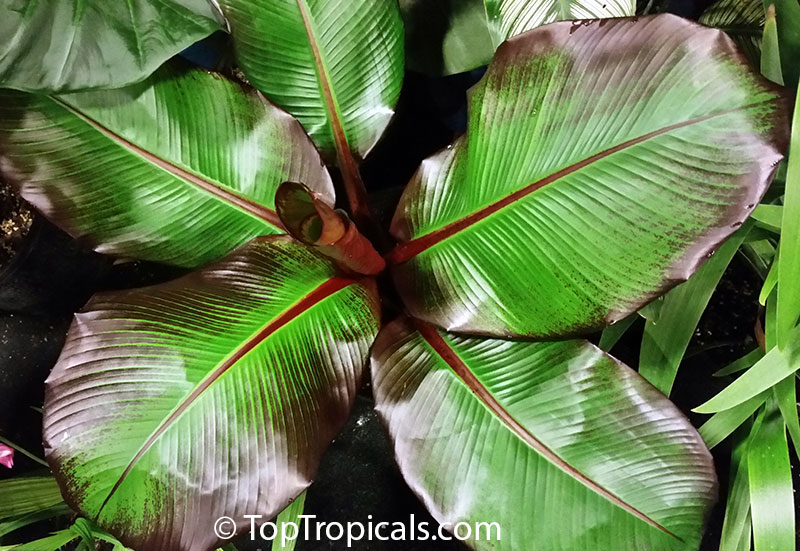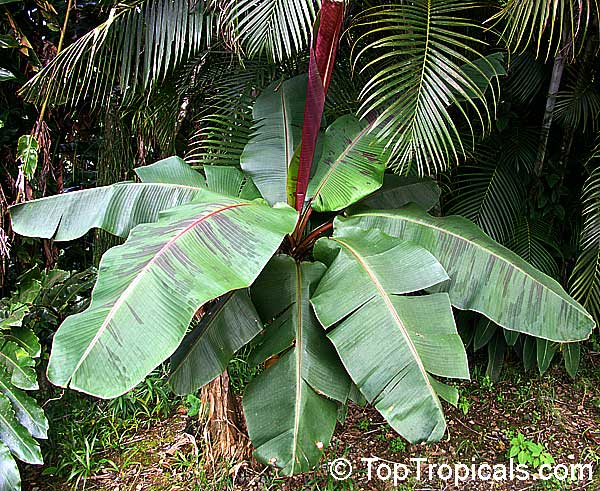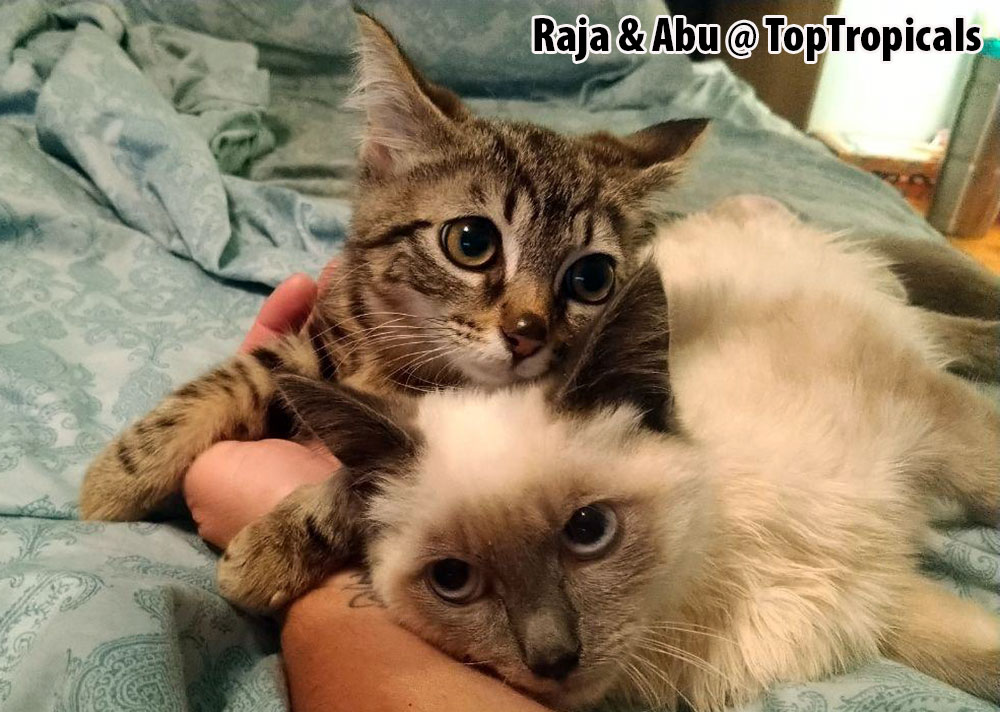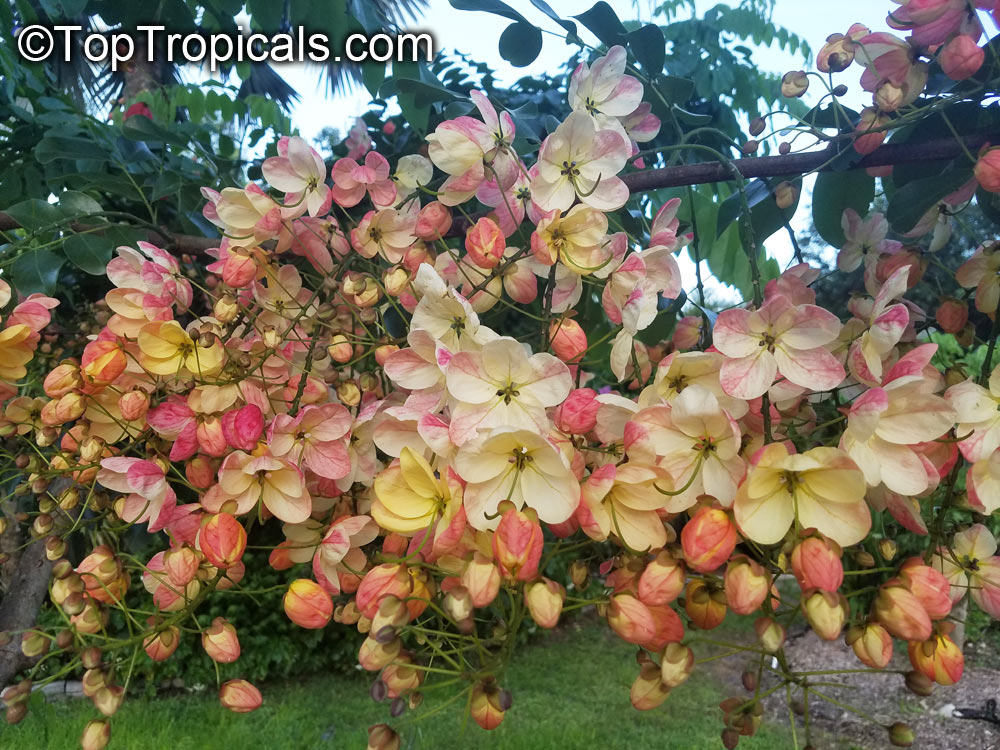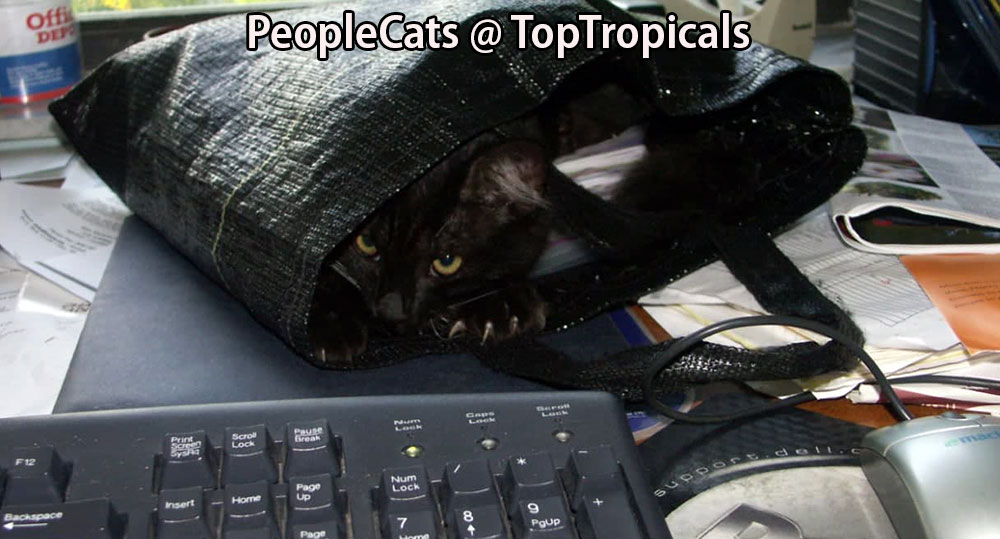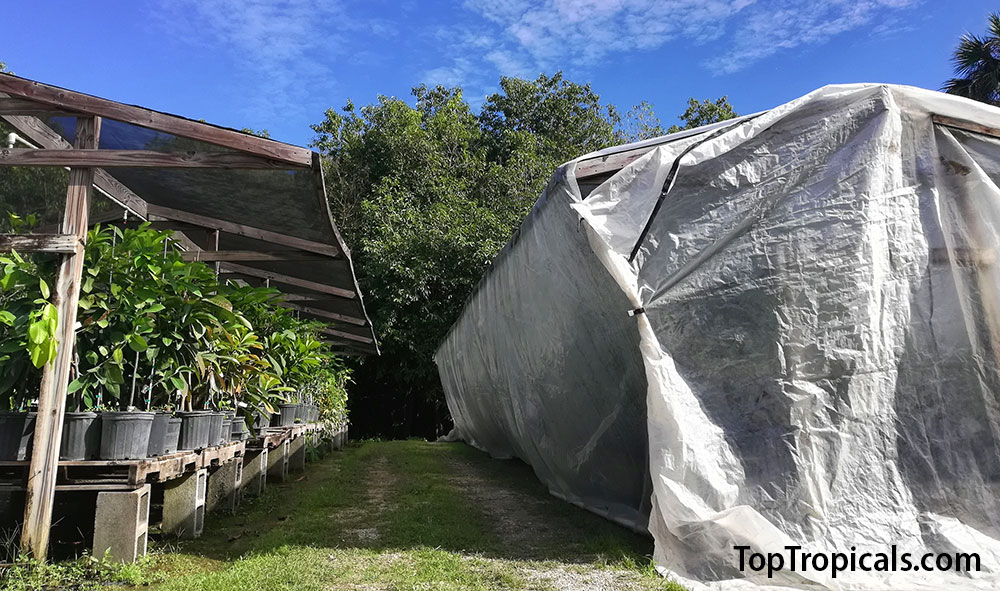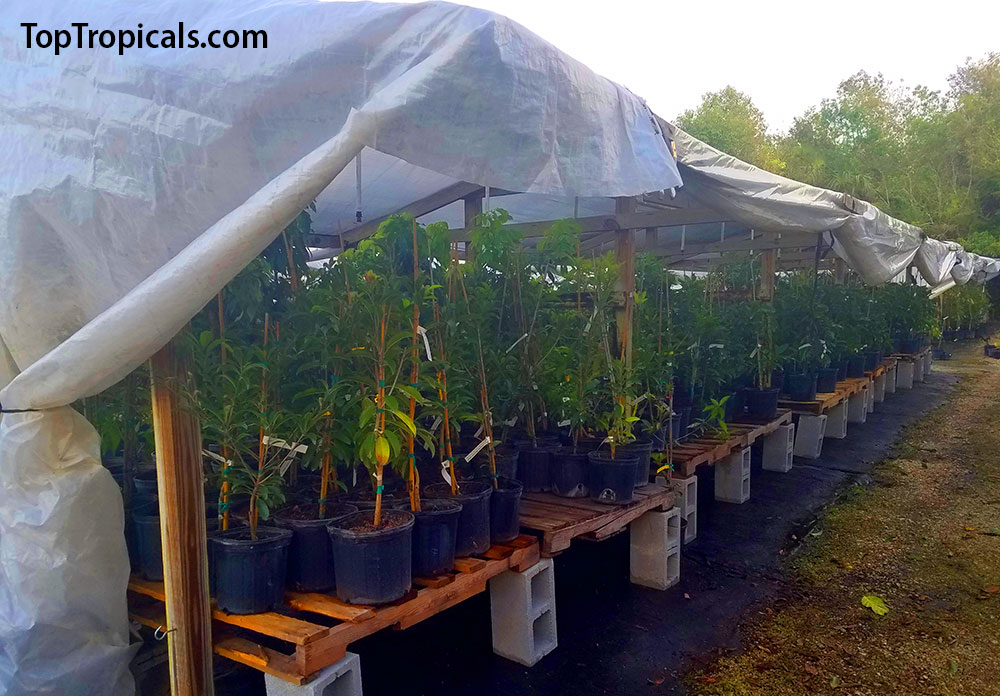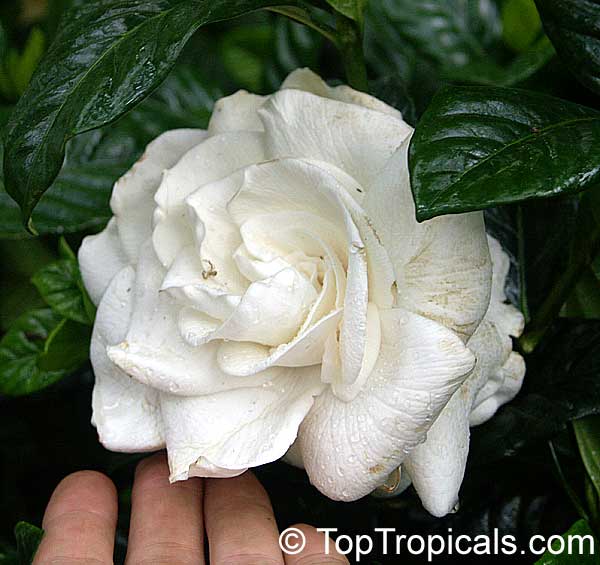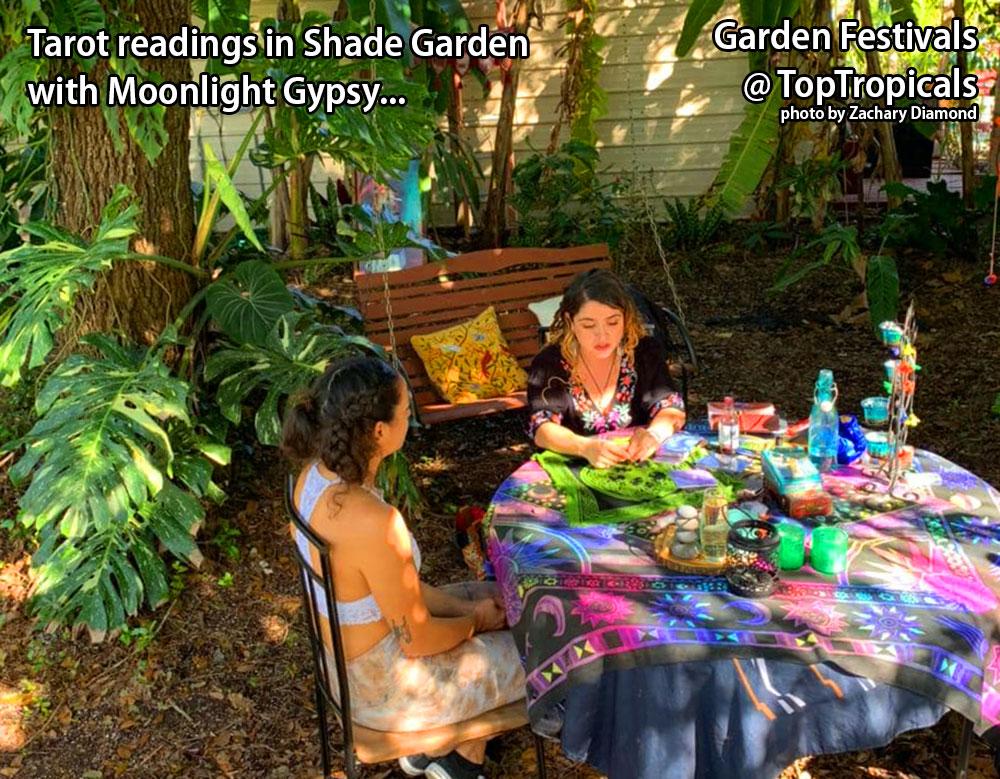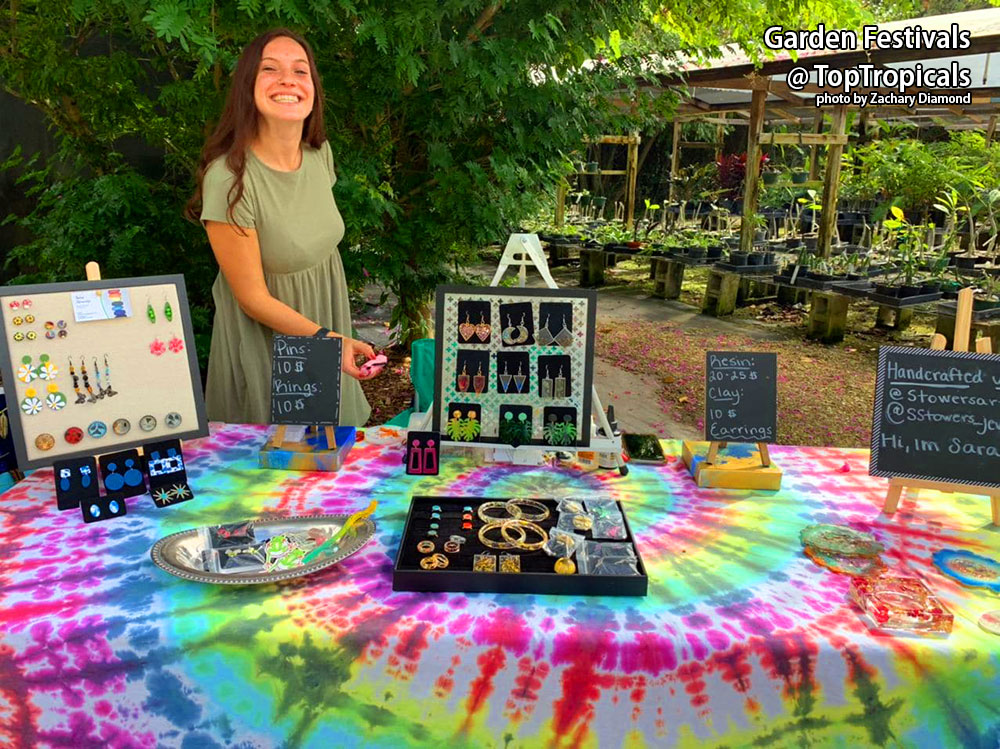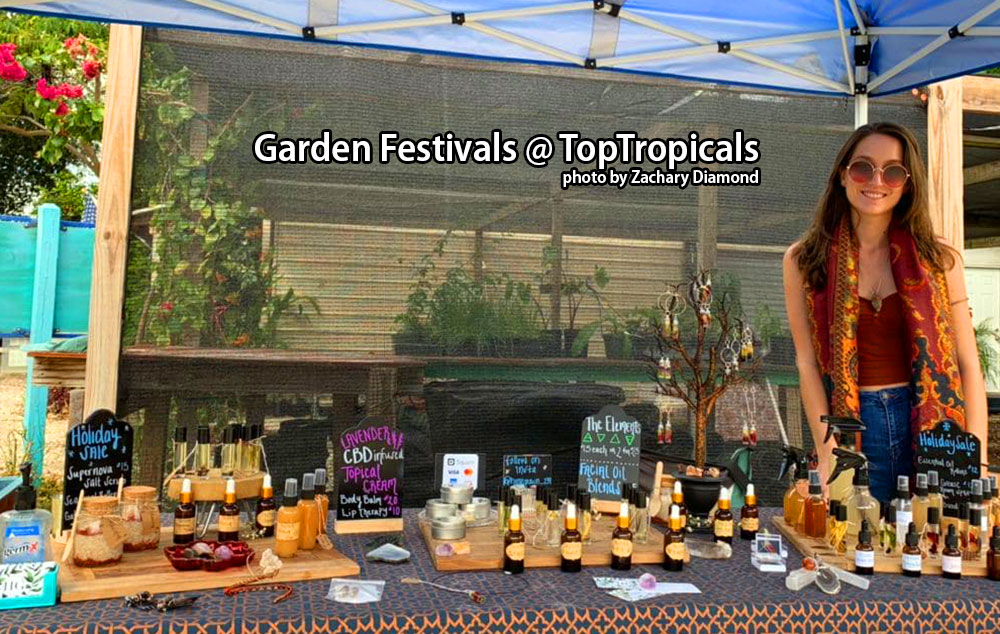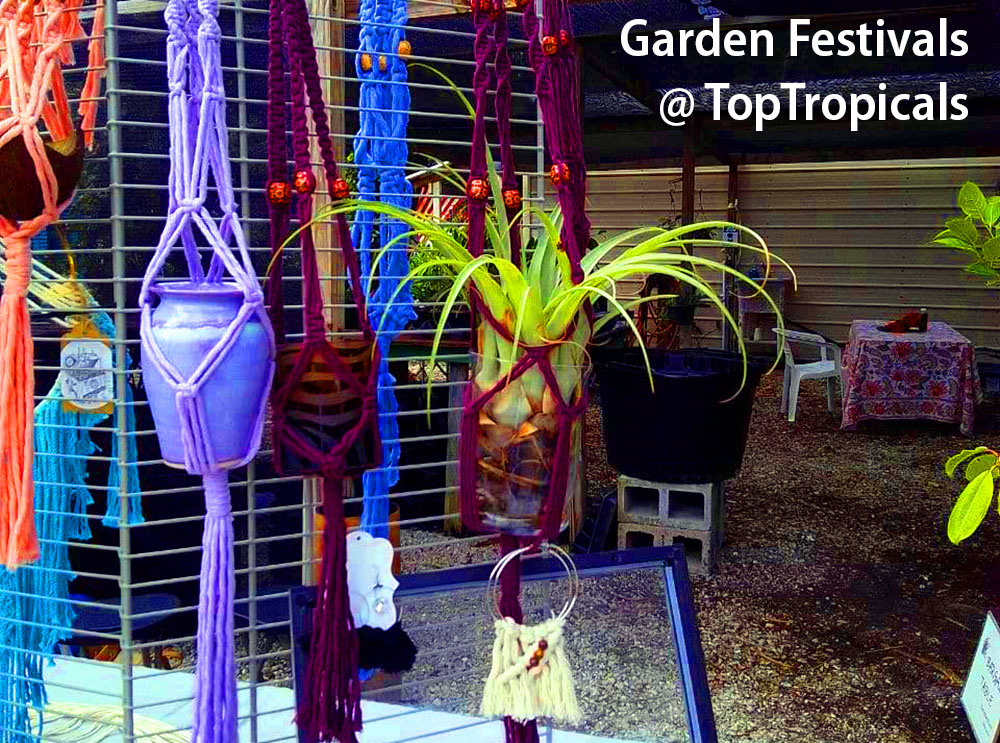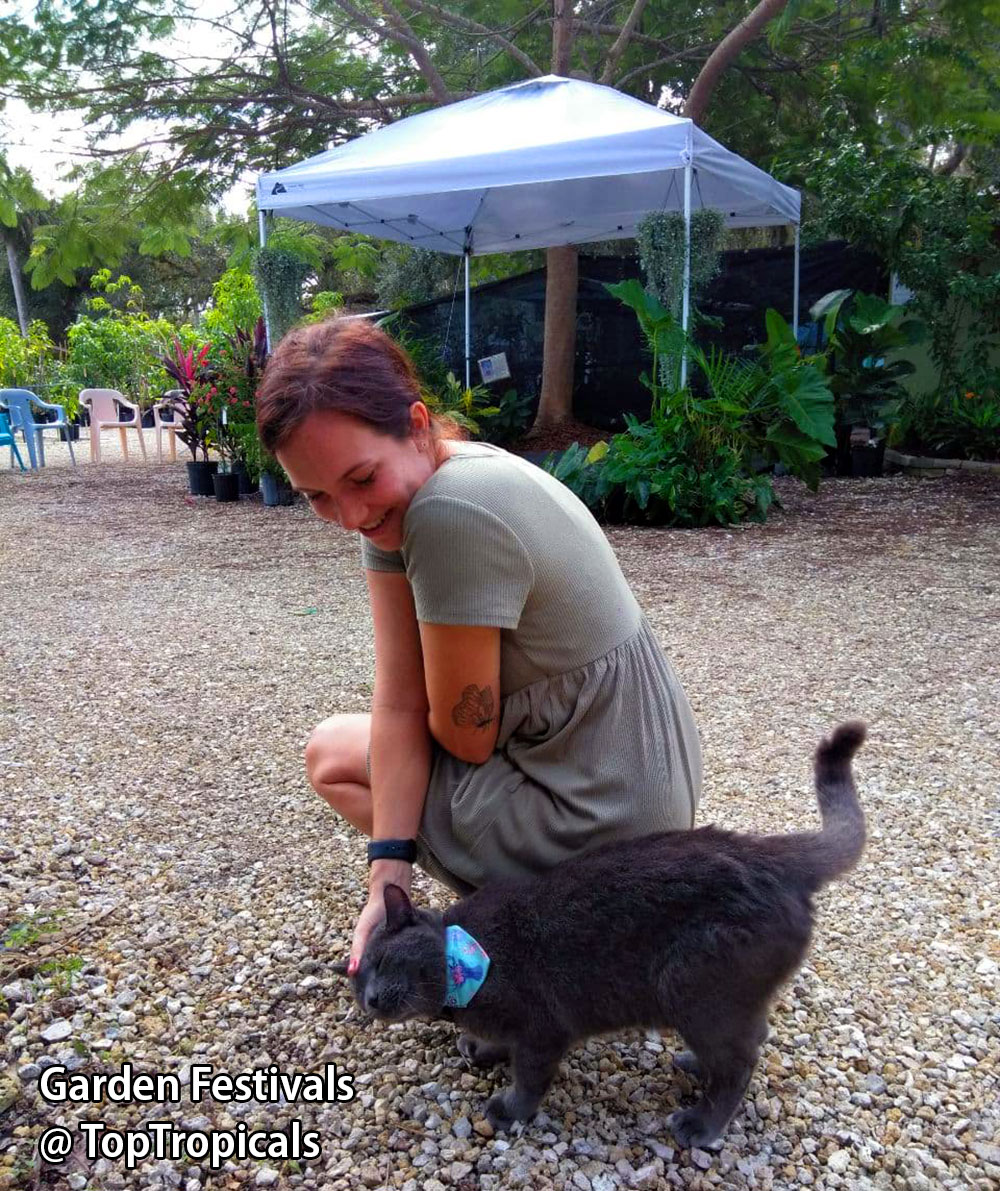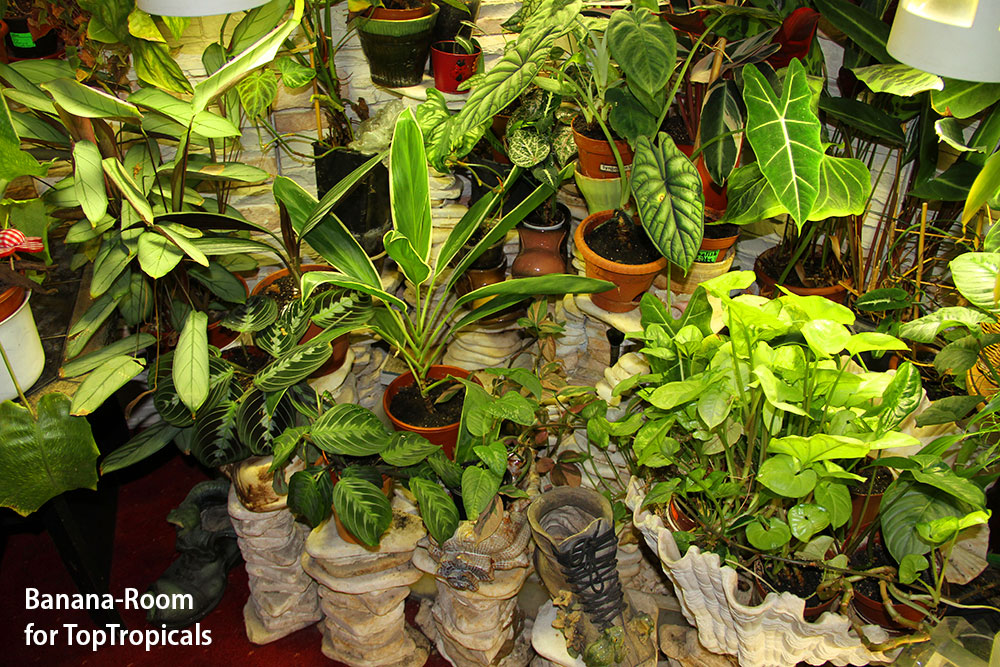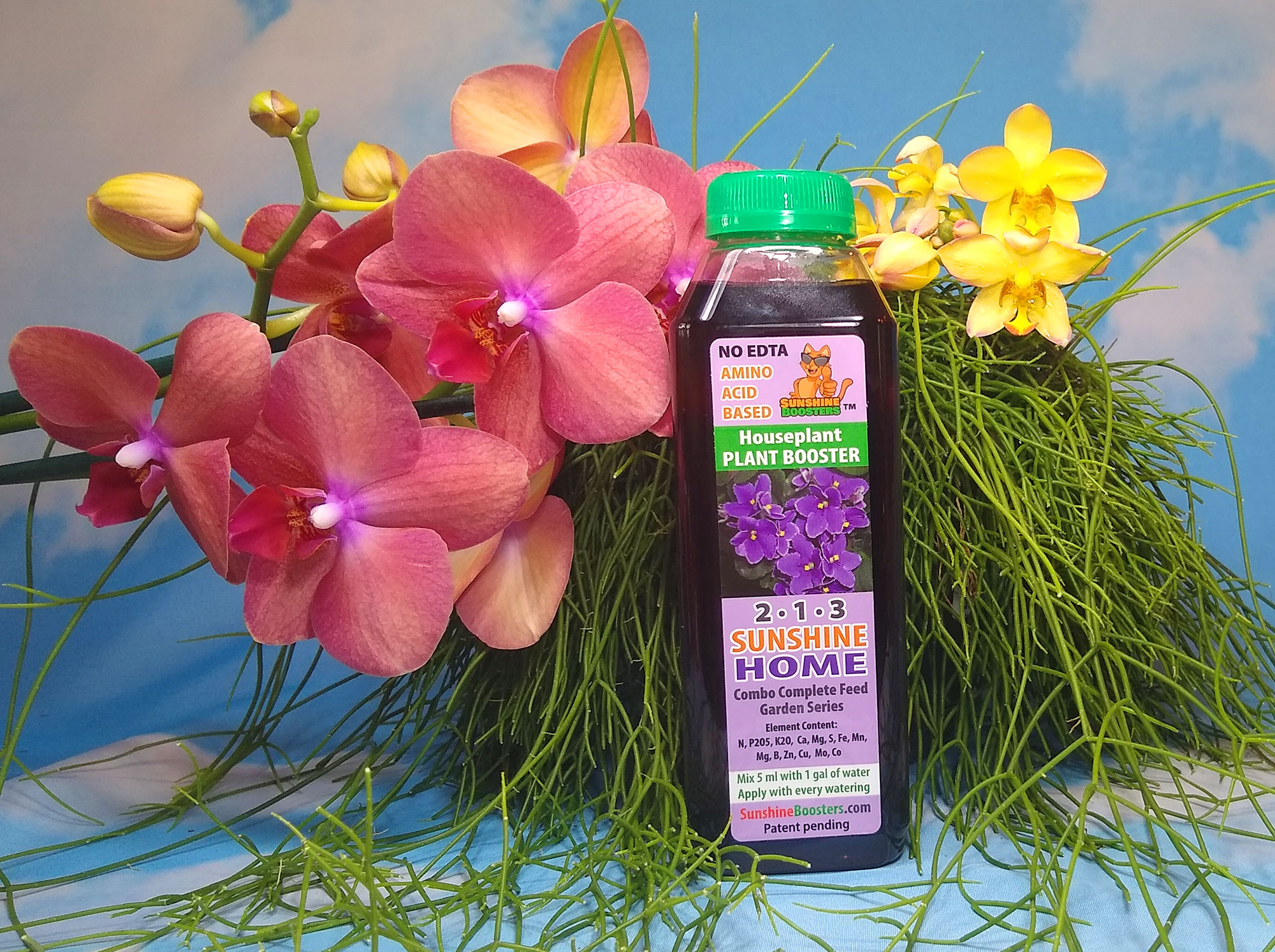Date:
Plant of the Month:
Fragrant Dombeya Tree
Every tropical gardener wants to have a Dombeya (a.k.a. Tropical Hydrangea) in their collection - an easy to
grow, fast growing winter bloomer. These plants don't require any special care,
thrive in neglect in both sun or shade, and flower profusely during
Fall-Winter months - what an awesome treat! Dombeyas are also wanted for their
vigorous growth habit - they can cover unwanted view in no time, fill and empty
corner in your yard, create a colorful tropical display, and attract lots of
butterflies and bees. They are not afraid of water logging, in fact the more you
water them, the faster they grow. The large tropical leaves are beautiful -
soft, fuzzy, with shallow, maple-like lobes. This plant is tolerant to both
light frost and periods of drought.
Most Dombeyas grow into round, dense bushes, but this one variety of is
very special. Dombeya burgessiae from South Africa actually grows into a small (10-15
ft), pretty, upright tree that is covered with beautiful blossoms during
winter. The flowers are creme color with raspberry centers, attracting lots of
pollinators, and what is the most special - they are sweetly fragrant! What a
beauty!
Surround yourself with aromatic cloud of Dombeya winter blooms!
